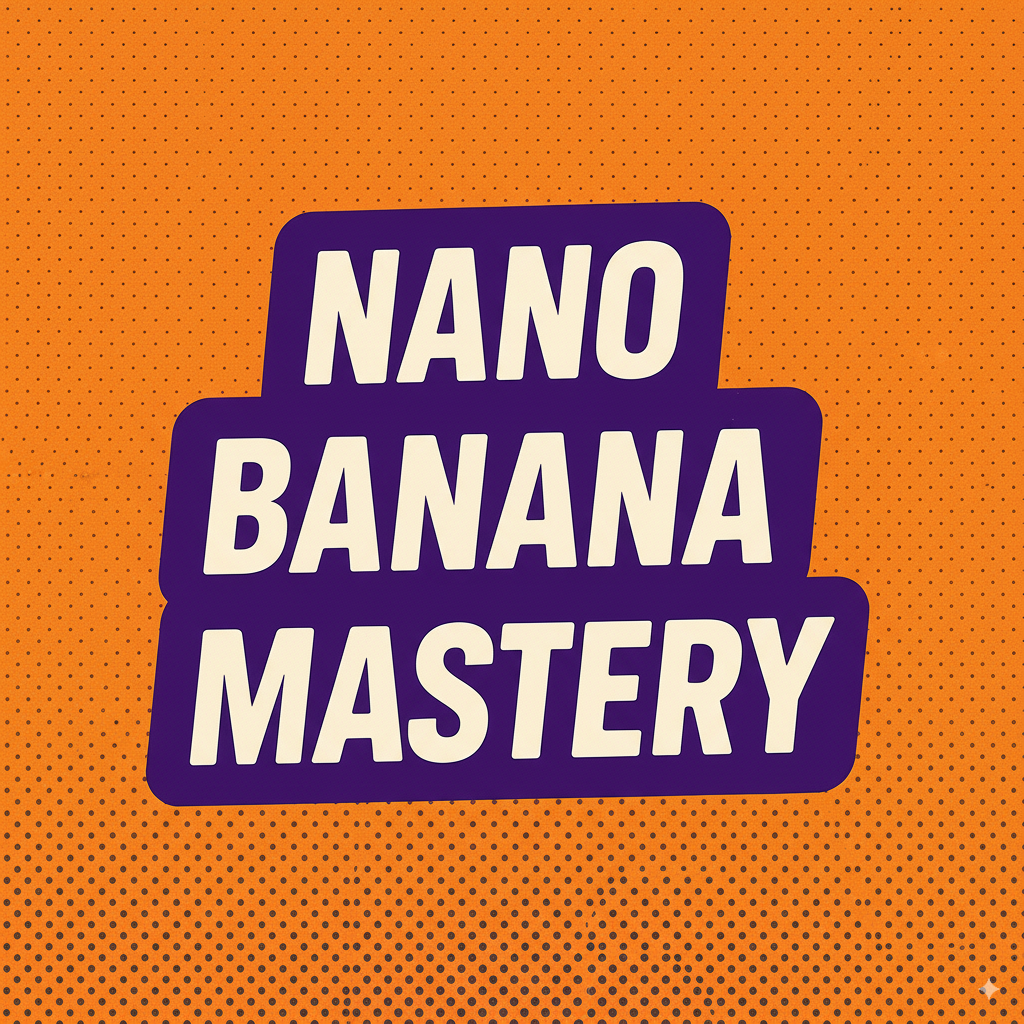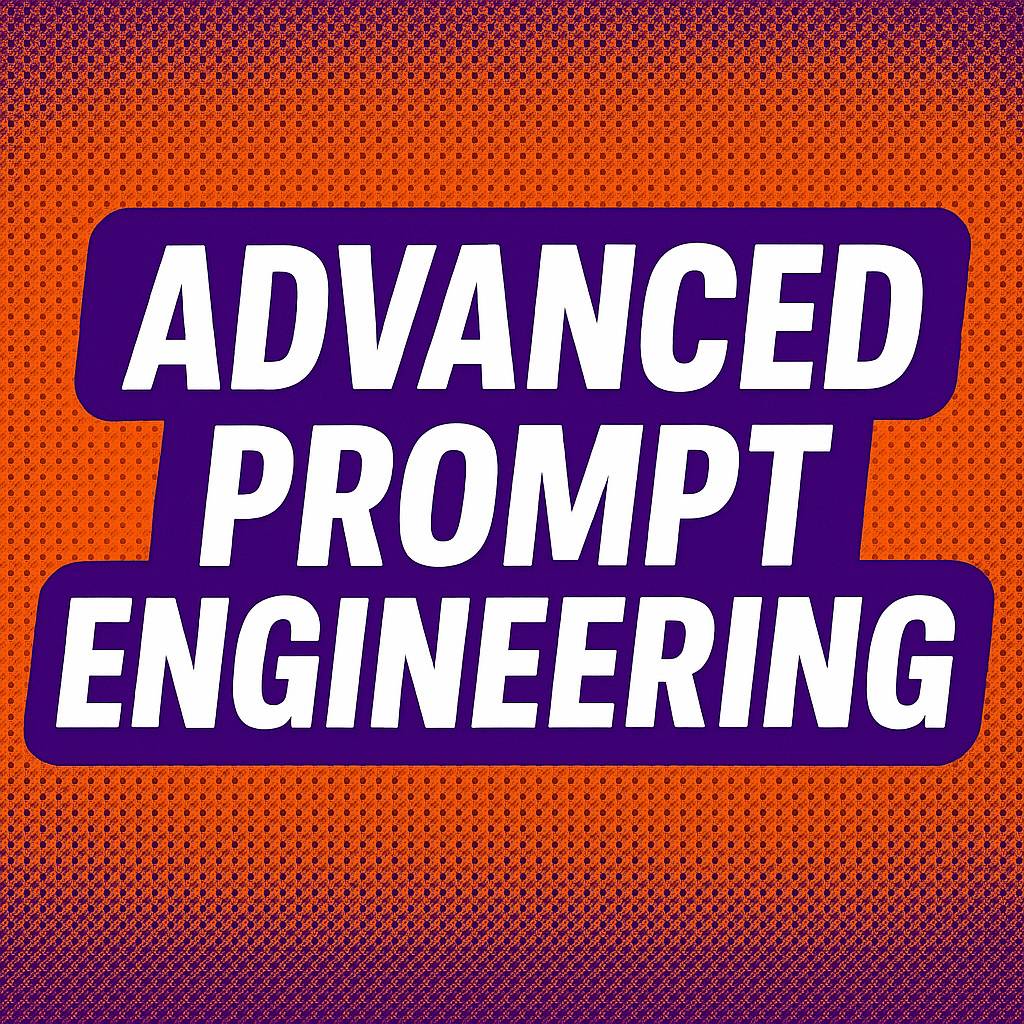Nano Banana shines in image editing because it understands lighting and materials exceptionally well. These advanced techniques will transform you from a user to a master of AI-powered visual creation.
Technique 6: Abstract Art Creation
Focus: Creating compelling abstract compositions that evoke emotion and visual interest.
Key Elements to Specify:
- Describe feelings and dynamics: "Flowing liquid metal forms"
- Impossible physics: Abstract allows for creative rule-breaking
- Form quality directions: "Dramatic light creating depth and shadow"
Rationale: Abstract prompts give artistic direction rather than photographic instruction, focusing on visual tension and dimension.
Abstract Art Formula:
"Flowing liquid metal forms in gold and deep blue (Subject) swirling and intertwining in impossible spiral patterns (Action) against a cosmic background with distant stars (Environment) digital art with photorealistic material rendering (Art Style) dramatic lighting creating depth and shadow with metallic reflections (Lighting) smooth liquid surfaces, visible metal flow patterns, cosmic depth, luminous color gradients (Details)."
Technique 7: Portrait Enhancement
Focus: Improving existing portraits while maintaining realism and character.
Critical Balance: Be specific about what to enhance while preserving realism - "naturally smooth while maintaining realistic pores."
Why this matters: Prevents the AI from creating an artificial, overly smoothed look that loses human authenticity.
Portrait Enhancement Formula:
"Enhance this portrait to achieve professional magazine quality (Goal) by smoothing skin naturally while maintaining realistic pores and character lines (Enhancement) in professional studio setting (Environment) with high-end retouching standards (Style) using subtle lighting adjustments to enhance facial structure (Lighting) preserving natural skin texture, enhancing eye clarity, maintaining authentic expression (Details)."
Technique 8: Background Replacement
Focus: Seamlessly replacing backgrounds while maintaining realistic lighting and shadows.
Crucial Details for Realism:
- Maintain natural lighting on subject
- Preserve original subject shadows
- Match lighting direction and quality
Why this matters: Accounts for light inconsistency, shadow behavior, and edge quality, which are necessary for a convincing replacement.
Background Replacement Formula:
"Replace background with a modern urban rooftop at sunset (New Environment) while maintaining natural lighting on subject and preserving original subject shadows (Lighting Consistency) shot with professional camera maintaining sharp subject focus (Technical Quality) with consistent lighting direction and realistic shadow placement (Realism) seamless edge blending, matching color temperature, natural depth of field transition (Details)."
Technique 9: Color Grading
Focus: Transforming the mood and emotional impact through strategic color adjustment.
Specify the desired emotional response: "Professional movie-like quality" while ensuring certain elements are preserved.
Why this matters: Color grading affects emotion and visual response; you are directing this emotional impact.
Color Grading Formula:
"Apply cinematic color grading with warm highlights and cool shadows (Color Direction) creating professional movie-like quality (Goal) while preserving natural skin tones and realistic material colors (Preservation) with enhanced contrast and saturation (Technical) maintaining detail in highlights and shadows (Quality) film-like color depth, enhanced mood, professional color balance (Details)."
Technique 10: Clothing Replacement
Focus: Changing clothing while maintaining realistic fit and lighting.
Precise Prompting for Realism:
- Maintaining natural fabric drape
- Preserve original body proportions
- Match lighting on new garment
Why this matters: Poorly executed swaps can create impossible physics or unrealistic fits. The new garment's fit and lighting must match the original.
Clothing Replacement Formula:
"Replace current outfit with a professional navy blue business suit (New Clothing) maintaining natural fabric drape and preserving original body proportions (Physical Realism) with matching lighting conditions on new garment (Lighting Consistency) preserving natural fit and fabric behavior (Material Physics) realistic fabric texture, proper garment shadows, natural clothing wrinkles (Details)."
Technique 11: Style Transfer
Focus: Applying artistic styles while maintaining subject recognition.
Balance Requirements:
- Artistic transformation: "Visible brush strokes and soft color blending"
- Subject preservation: "Maintained subject recognition"
Why this matters: Ensures the transformation doesn't go too far, maintaining the core identity of the original image.
Style Transfer Formula:
"Transform into impressionist oil painting style with visible brush strokes and soft color blending (Artistic Style) while maintaining subject recognition and facial features (Preservation) using warm, vibrant color palette typical of impressionist masters (Color Direction) with painterly texture throughout and artistic interpretation (Technique) visible canvas texture, authentic brush stroke patterns, artistic color harmony (Details)."
Technique 12: Lighting Adjustment
Focus: Modifying lighting to enhance mood and visual impact.
Specific Requirements:
- Directional information: "Dramatic side lighting from camera left"
- Artistic goal: "Enhanced facial structure"
Why this matters: Lighting modification must be consistent with the existing environment to add professional depth and dimension.
Lighting Adjustment Formula:
"Add dramatic side lighting from camera left to enhance facial structure (Lighting Direction) while maintaining natural environment lighting (Consistency) creating professional portrait lighting with enhanced depth (Goal) using subtle fill light to balance shadows (Technical) maintaining realistic light behavior, enhanced facial features, professional lighting quality (Details)."
Technique 13: Object Removal
Focus: Removing unwanted elements while maintaining scene integrity.
Key Consideration: Specify how the space should be logically filled after removal - "contextually appropriate scenery."
Why this matters: Object removal requires considering both subtraction (what goes away) and addition (what takes its place).
Object Removal Formula:
"Remove all distracting background elements (Removal Goal) and fill with contextually appropriate scenery that matches the environment (Replacement Strategy) maintaining consistent lighting and perspective (Technical Consistency) with seamless blending and natural scene flow (Quality) perfect edge blending, matching textures, natural scene composition (Details)."
Technique 14: Atmospheric Conditions
Focus: Adding atmospheric effects that enhance rather than overwhelm.
Key Principles:
- Subtle effects: "Subtle morning mist"
- Artistic goal: "Enhanced sense of place"
Why subtlety matters: Effects must support existing elements rather than overwhelming them, creating environmental storytelling and emotional resonance.
Atmospheric Conditions Formula:
"Add subtle morning mist rising from the ground (Atmospheric Effect) to enhance the sense of place and mood (Purpose) while maintaining clarity of main subjects (Balance) with natural light interaction with mist particles (Realism) soft atmospheric depth, enhanced environmental mood, natural mist behavior (Details)."
Technique 15: Professional Retouching
Focus: Understanding enhancement versus overprocessing.
Crucial Instruction: "Preserving character lines and natural texture"
Core Principle: Retouching is about revealing the best version of what already exists, always favoring authenticity over perfection.
Professional Retouching Formula:
"Apply professional retouching to achieve magazine-quality results (Goal) while preserving character lines and natural skin texture (Authenticity) enhancing natural beauty without over-processing (Philosophy) using subtle adjustments to reveal the subject's best qualities (Approach) maintaining realistic skin detail, enhanced but natural appearance, professional polish (Details)."
Mastery Practice
Choose three techniques from this module that align with your creative goals. Practice each technique with different subjects and scenarios to understand how Nano Banana responds to your specific requirements.
Focus areas for practice:
- Understanding the balance between enhancement and authenticity
- Learning to specify technical requirements precisely
- Developing an eye for professional-quality results
In the final module, we'll bring everything together and create your personal workflow for consistent, professional results.



